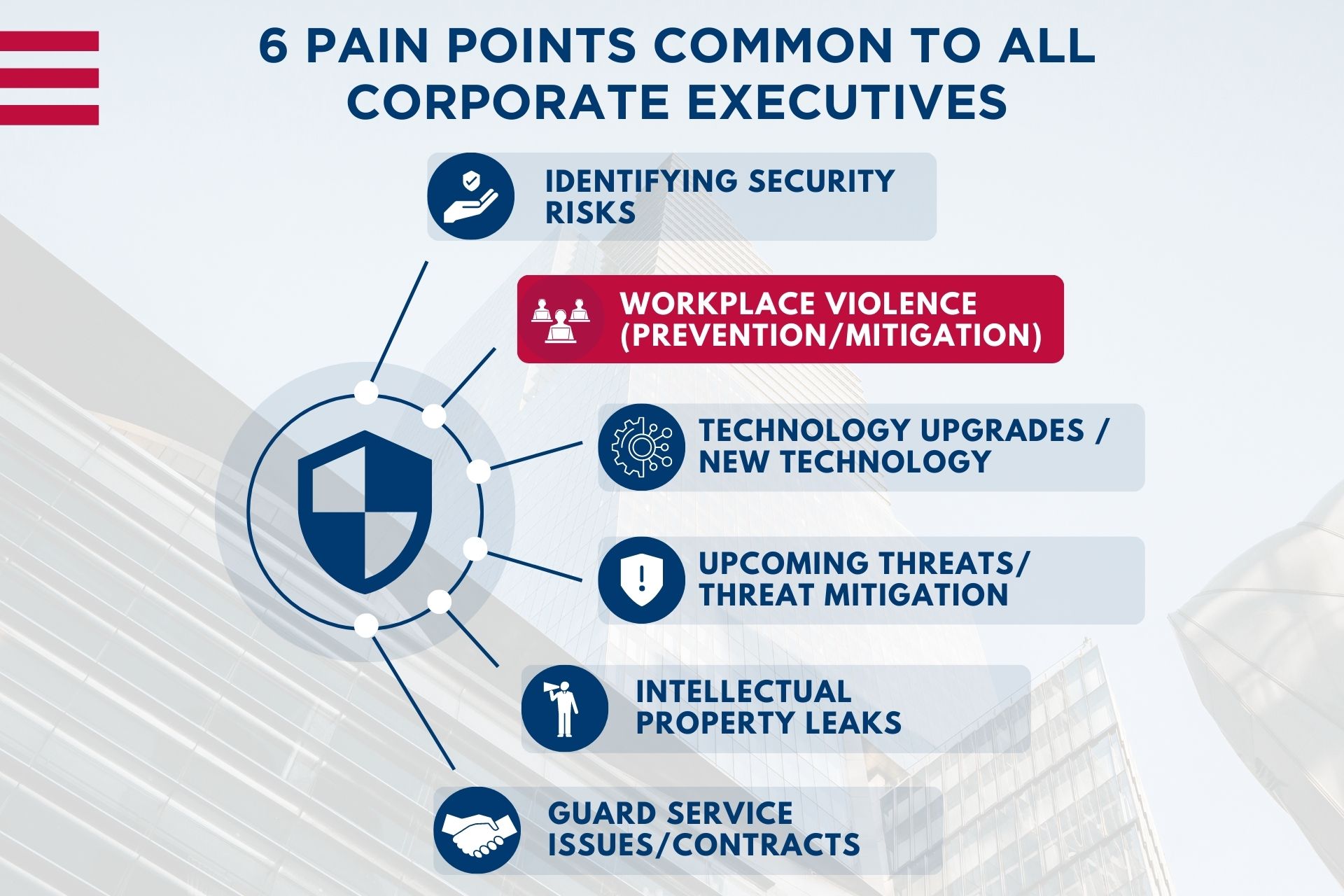
Today, workplace violence is a major concern for corporate executives. We have evolved from bullying and stalking (still major epidemics) to physical and weapon violence within the workplace. The risks have clearly been elevated. What causes these incidents is a point for serious discussion and disagreement. Some claim COVID had a serious impact on mental health. Others will argue about social media, while others still will argue violence in cyber games and television. Road rage is at an all-time high. Bail reform and the lack of consequences may play a part in it. On a side note, one must be asking, is anyone ever held accountable anymore?
But whatever the cause, the effect is the same. People are much more open to getting in your face, expressing their anger, and taking actions on feelings they once hid. Our personal space is being violated.
The consequences are devastating and can bring a company to the brink of bankruptcy. Employee safety, productivity and brand reputation are all at severe risk.
Much has been written on what to do during an actual WPV incident. What has had less coverage is what can be done to prevent the incident from occurring in the first place. I believe it is important to understand a person just doesn’t “snap”; there are multiple signs, if recognized, can help to avert the situation from occurring. Recognizing the issues and getting in front of them before it happens is the key to an effective response in limiting your risks and liabilities. Do you know the warning signs of potential violence in the workplace? We recently wrote a blog that outlines the behaviors associated with workplace violence.
Some of the top executive pain points related to workplace violence include:
Sources:
Is your business prepared to face today’s ever-evolving security risks? Learn how to identify and overcome critical threats with our previous blog post: Safeguard Your Business: Identifying & Overcoming Critical Security Risks (Part 1 of 6).
If you would like to discuss any of the pain points described above, we encourage you to call our office at 914-576-8706 to set up a free consultation session.
Don’t forget to subscribe to PCC Insights to get email notification when we post our next blog!2

Unlock the full potential of your security and risk management with our expert-guided STAR Power Sessions. Get personalized coaching tailored to your organization’s unique needs. Don’t leave your business vulnerable – Book Your STAR Power Session Now!